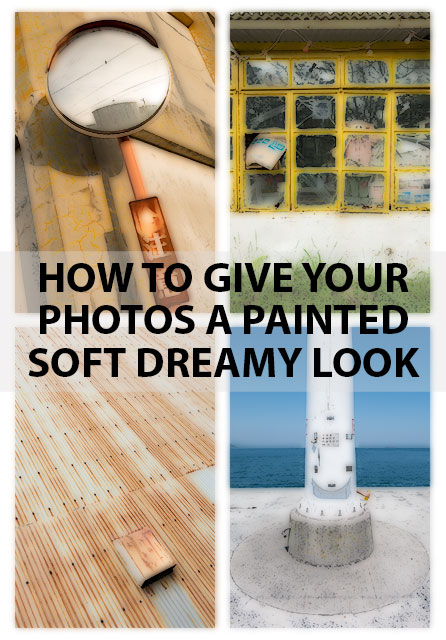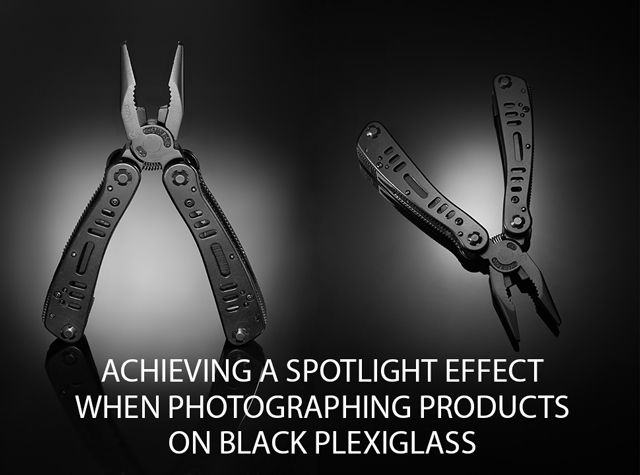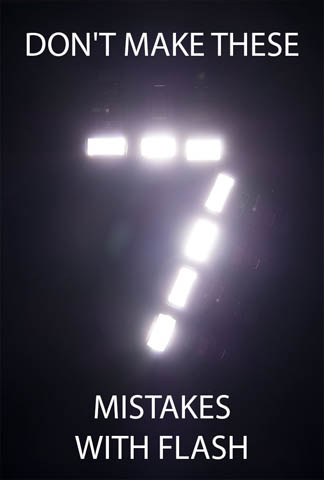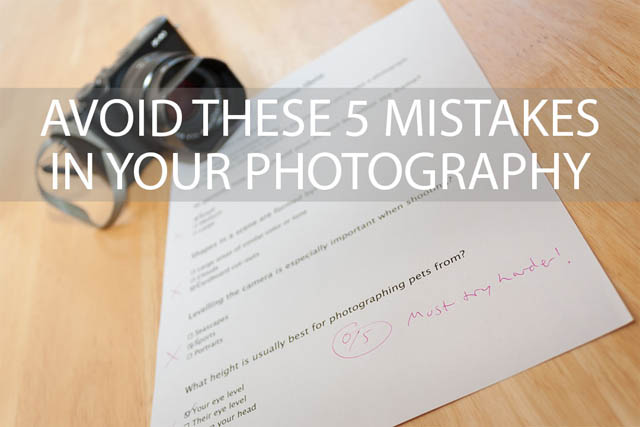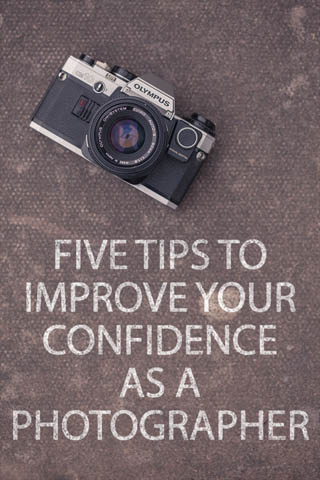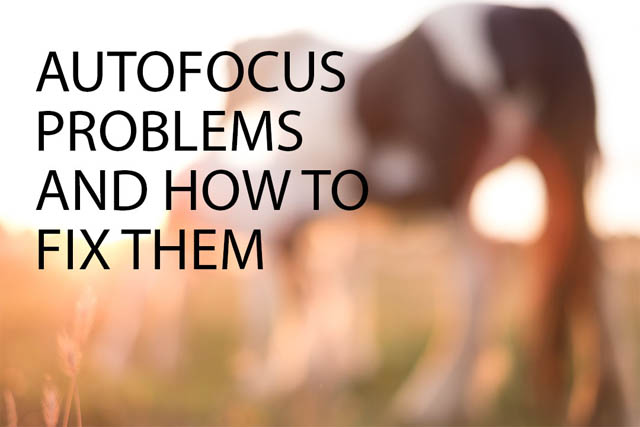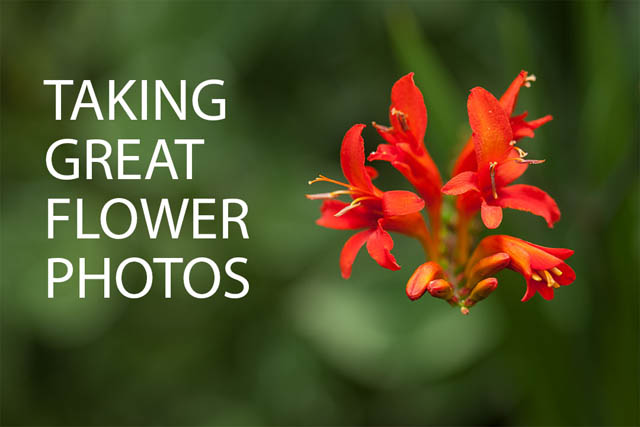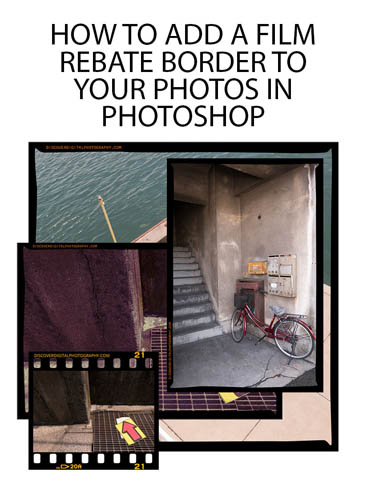How to give your photos a painted soft dreamy look
I recently came across the work of photographer Hiroshi Kamakura, and was intrigued by the unusual style of his photography. He has photographed ordinary everyday objects and scenes, using an old compact camera, then processed the resulting images to give a soft painted look to them.
Unfortunately, other than a few old articles on the web, I wasn't able to find out very much about Hiroshi Kamakura or the processing technique he uses. However, there are a couple of techniques that give similar results, which I'll share in this article.
Read the rest of this entry »